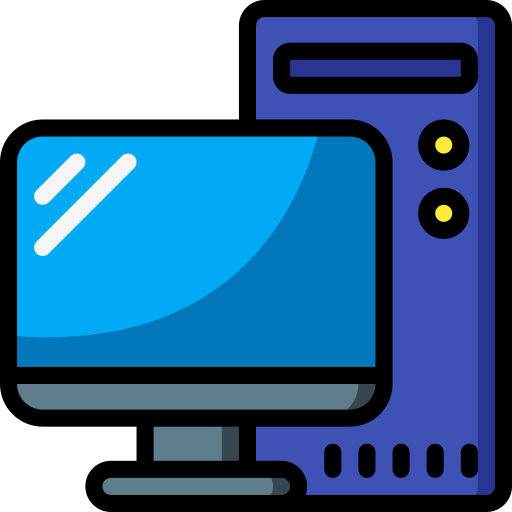I’d probably aim for a Samsung S25, it isn’'t terribly much larger than S10e

https://www.gsmarena.com/compare.php3?idPhone1=9537&idPhone2=13987&idPhone3=13610
#nobridge
I’d probably aim for a Samsung S25, it isn’'t terribly much larger than S10e

https://www.gsmarena.com/compare.php3?idPhone1=9537&idPhone2=13987&idPhone3=13610
Have you tried the softwares using winapps or winboat?
Might be a smoother solution than having to boot two different OSes.
https://github.com/winapps-org/winapps
https://github.com/TibixDev/winboat


@[email protected] - If you want it to be truly open source you need to license it, f.e. as MIT or GPLv3.
From most permissive to least permissive:
https://choosealicense.com/licenses/mit/
https://choosealicense.com/licenses/lgpl-3.0/
https://choosealicense.com/licenses/gpl-3.0/
https://choosealicense.com/licenses/agpl-3.0/


Just adding a direct link to the source code:
https://github.com/helloyanis/js-explorer


It doesn’t fulfil all your use cases by far but cockpit has an application for docker that has real time monitoring of CPU and memory and some simple management. It is MIT licensed and still very bare bones so it could be a quicker way than starting from scratch.
https://cockpit-project.org/
https://github.com/chrisjbawden/cockpit-dockermanager
I find setting up an openvpn server with self-signed certificates + username and password login works well. You can even run it on tcp/443 instead of tcp/1194 if you want to make it less likely to be blocked.
Unless you wanna expose services to others my recommendation is always to hide your services behind a vpn connection.
I prefer running true vms too, but it is resource intensive.
Playing with lxcs and docker could allow one to run more services on a little beelink.
A VM is properly isolated and has it’s own OS and kernel. This improves security at the cost of overhead.
If you are starved for hardware resources then running lxcs instead of vms could give you more bang for the buck.
I remember trying both back when my server was new but missing something in dockge, can’t remember what right now.
I wouldn’t use RAID on USB.
If you only got 2x m.2 slots then I would probably prioritize disk space over RAID1 and ensure you got a backup up and running. There are m.2 to sata adapters but your Bee-link doesn’t have a suitable psu for that.
I would start with one VM running portainer and once that is up and running I would recommend learning how to backup and restore the VM. If you have enough disks I would look into ZFS RAID 1 for redundancy.
https://pve.proxmox.com/wiki/ZFS_on_Linux
Learning the redundancy and backup systems before having too many services active allows you to screw up and redo.


dockur uses the generic keys, f.e. VK7JG-NPHTM-C97JM-9MPGT-3V66T for Windows 11.
https://gist.github.com/rvrsh3ll/0810c6ed60e44cf7932e4fbae25880df


True, they did call it a boat after all.


Instead of running compatibility layers, it runs a real copy of Windows using Docker and KVM under the hood.
I take it that it requires a Windows license then, I’ll stick with wine.


True, kvm defaults to SPICE I think.
For a Windows VM I would do as @[email protected] and install Remmina on the host.


vnc or rdp or something else?


339,222 views 13 Jul 2025
In this video I discuss how the marketshare of desktop Linux has been growing despite the free software philosophy behind GNU/Linux still being largely misunderstood.


Did you make it executable?
chmod a+rx ~/.local/bin/yt-dlp # Make executable
What is the output of your $PATH? (feel free to anonymise usernames)
echo $PATH
I’ve had quite some success debloating my Sony Xperia using the UAD json list to verify that it’s safe to adb remove the applications, I imagine it would be even simpler if you actually run the program.
https://github.com/0x192/universal-android-debloater/blob/main/resources/assets/uad_lists.json